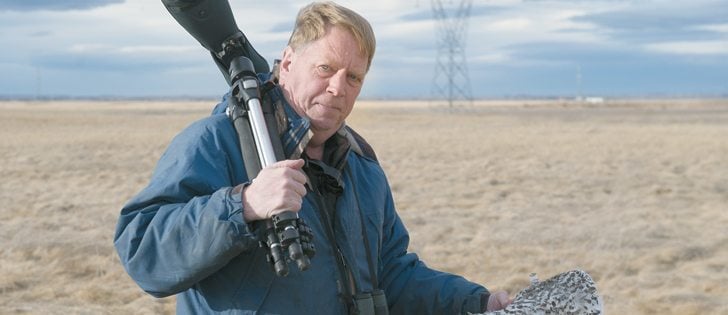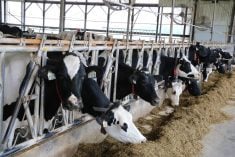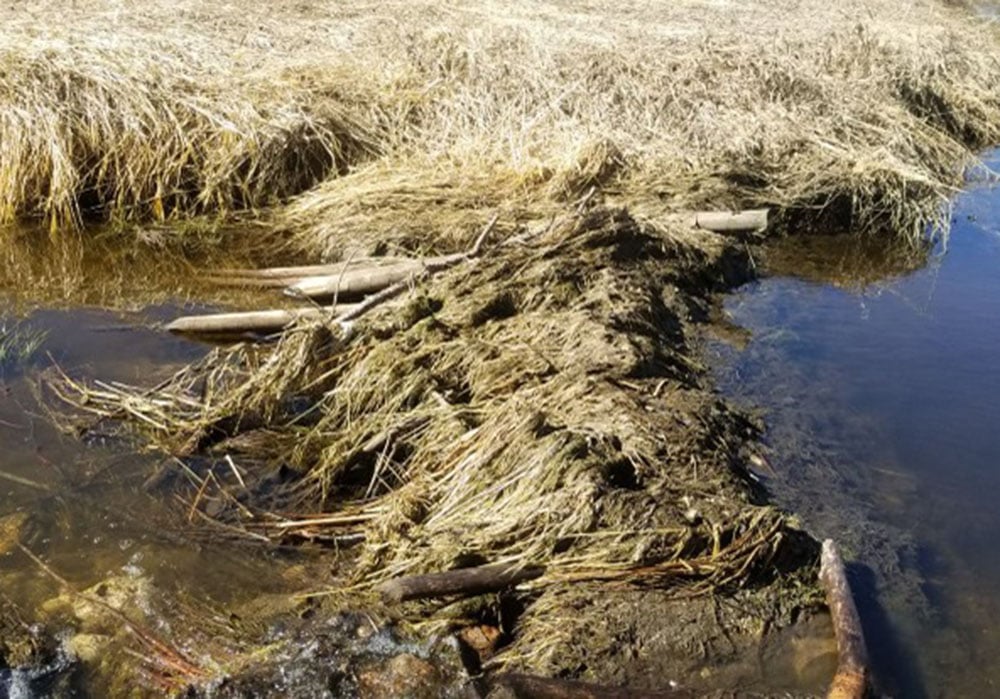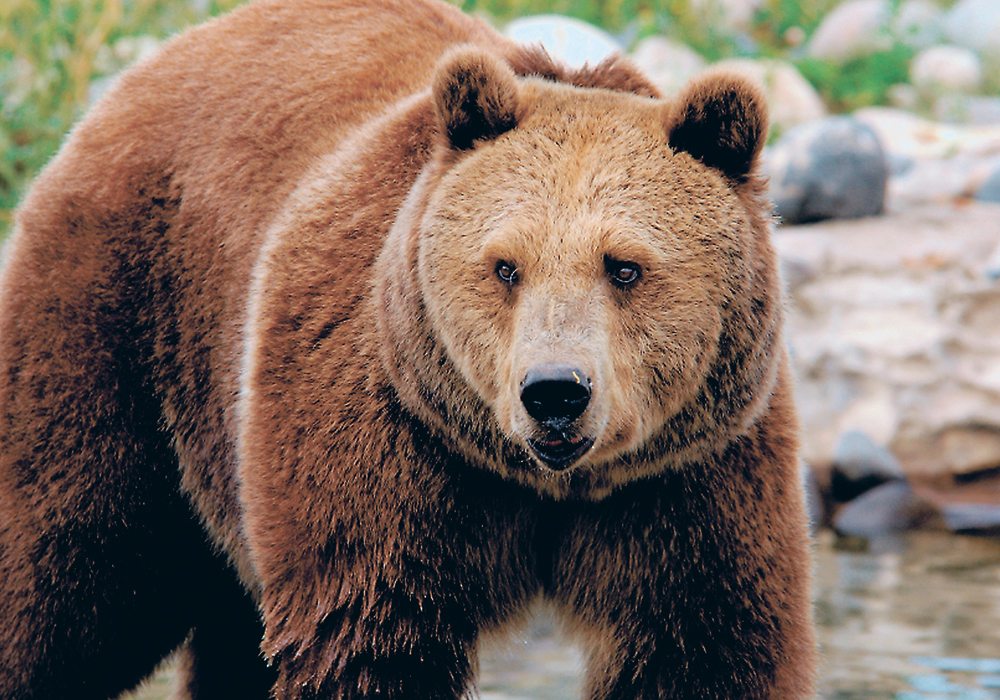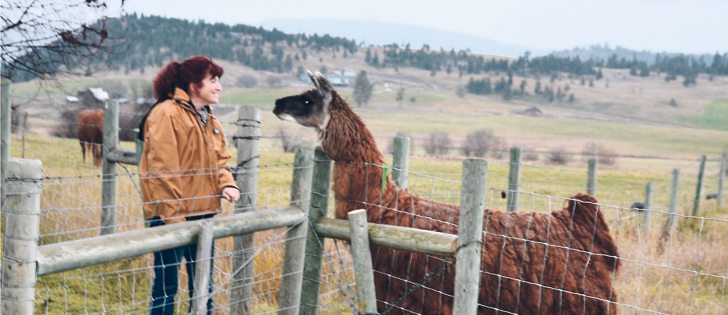Biologists are particularly concerned about a new line that is just about ready to be activated near a popular Alberta lake
Bird watchers flock to Frank Lake to observe some of the 194 different birds species that have been identified there.
The lake, six kilometres east of High River, Alta., is one of the 597 designated important bird areas of Canada, and at this time of year is a staging site for migrating trumpeter and tundra swans.
Two weeks ago, wildlife biologist Greg Wagner spotted three dead swans and found one dead snowy owl near the lake. He is concerned that a new electrical line soon to be activated near the lake will increase bird deaths.
Read Also

Farming Smarter receives financial boost from Alberta government for potato research
Farming Smarter near Lethbridge got a boost to its research equipment, thanks to the Alberta government’s increase in funding for research associations.
Wagner said he found the birds under an older line that has been in place for many years. It runs along Frank Lake’s west side. The cause of the birds’ deaths can’t be proven, but the location is telling.
“They were right below power lines, and power lines are known to take out birds likes swans. It’s the birds with the heavy wing loading, so geese, swans, cranes … birds that are not that maneuverable in the air,” he said.
“These birds probably were flying in fog or under very windy conditions and were sent into the wires. They couldn’t avoid them.”
The new 240 kV line, which AltaLink is scheduled to activate this year, runs from the south and is designed to connect southern wind-generated energy to the substation on the lake’s north side.
The area has now become “a gauntlet to go through” for birds, Wagner said.
“Where these power lines just used to run across the northwestern and southwestern portion of the lake, they now encompass the northwest, the west and southwest, so half the lake (has) these power lines.”
Scott Schreiner, director of external engagement for AltaLink, said the utility firm sent one of its environmental experts to check the lake last weekend after calls from The Western Producer alerted it to potential bird strikes.
“At this point we haven’t found any evidence of recent bird collisions in the area,” said Schreiner.
He acknowledged it can be difficult to find carcasses because coyotes and ravens can eat the evidence.
Schreiner said the overhead shield wire on the new electrical line has been equipped with two types of devices designed to reduce bird strikes. Studies show they reduce collisions by 60 to 80 percent.
“We do whatever we can to try and reduce the likelihood of those collisions and will continue to do so.”
The older line, under which Wagner found the dead birds, is lower and does not have shield wires or diverters.
“It’s unfortunate, but any aerial facility … can have collisions with birds,” he said.
“With AltaLink, we were the first utility in Canada to have an avian protection program, which is designed specifically to reduce the number of collisions or the impact that our facilities have on the bird population. We take this seriously and we’re concerned.”
Wagner said that response is expected.
“I do know that AltaLink has some consultants and people on their staff who are very knowledgeable about bird strikes on lines, but I guess my experience has been that AltaLink goes and does things and then apologizes for it later.”
Frank Lake is of particular concern because of its wealth of wild fowl and significant cattail habitat, he added. Some 2,000 trumpeter swans and several thousand tundra swans pass through during spring migration and stop there again in fall.
Wagner said trumpeter swans were once threatened, but intervention brought them back to reasonable numbers, making it a success story in terms of species protection.
“Now we have a major concentration area where the bulk of the western birds now congregate and we put up a power line around half the lake that potentially threatens them.”
Schreiner said AltaLink conducted an environmental assessment of the power line route before construction began, which is standard practice.
Location of the existing substation north of the lake was a factor.
“In determining routing of any power line, one of the things that we do is we take into consideration the local environment, bird migration patterns, wildlife patterns, even grasslands,” Schreiner said.
Much of the new line parallels an existing line, and the route was altered to be farther away where it goes around the north and west side of Frank Lake.
Wagner has been working with the town of High River and the Alberta government to identify Frank Lake’s ecotourism potential. He wonders about the wisdom behind the new power line’s location and the value of AltaLink’s environmental assessment, which he said wasn’t conducted when swans frequent the lake.
Numerous discussions with AltaLink personnel have not answered his questions.
“You’re building power lines all over southwestern Alberta and you cannot avoid Frank Lake, knowing that it is the only important bird area and the only important large cattail marsh in southwestern Alberta,” he said.
“You’re telling me you don’t know these things, and that you couldn’t avoid it?”
barb.glen@producer.com




